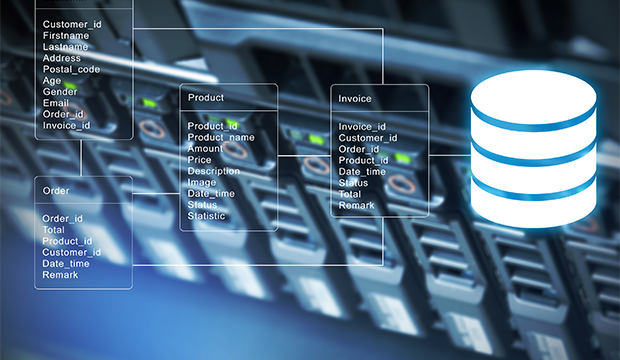What is a Graph Database and Why is it Important?
Blog: The Tibco Blog
We live in an increasingly connected and blended world. The Big Data movement has resulted in more data being collected at higher rates, and today’s data is related, dynamic, and constantly evolving. There are no isolated pieces of information. They are all connected in a rich web of complex relationships.
Traditionally, this data has been stored in and accessed from relational models and databases. These systems, however, utilize fairly fixed schemas and are not designed to handle the complex relationships present in today’s datasets. Relationships are not easily traversed or queryable, and they are not treated as “first class citizens” within the database itself. Primary and foreign keys are not enough—they are not designed to represent extensive, connected data. These systems also require costly programming to find relationships in the data sets, and performance suffers because of the underlying design and storage implementations.
In today’s world, we need to be able to identify relationships and patterns fast in the vast array of data in which we find ourselves surrounded. We can no longer wait for relationships to materialize over weeks or months of long, expensive programming tasks, nor can these relationships remain hidden in the data.
This need to efficiently store and process highly connected data has resulted in a renewed interest in the database category known as the graph database. In a graph database, relationships have as much value as the data itself. All relationships are equally important and easily discoverable, making it easier to make associations and form theories about your data. A graph database transforms a complex web of dynamic data into meaningful (and understandable) relationships to help deliver real-time insight and action.
As another benefit, graph databases tend to store all data as an “intelligent schema” that makes it easy to discover and model any relationships as a graph with nodes and edges. With no fixed schema, it is easy to add new data, and query languages that are purpose built to access related data simplify the discovery of new insights.
We’ve covered the importance of a graph database for solving today’s data challenges, next we’ll talk about some concrete examples where people used a graph database to solve real-world problems.
Leave a Comment
You must be logged in to post a comment.








